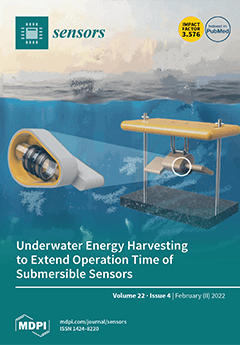Wrist velocity is an important risk factor for work-related musculoskeletal disorders in the elbow/hand, which is also difficult to assess by observation or self-reports. This study aimed to evaluate a new convenient and low-cost inertial measurement unit (IMU)-based method using gyroscope signals against
[...] Read more.
Wrist velocity is an important risk factor for work-related musculoskeletal disorders in the elbow/hand, which is also difficult to assess by observation or self-reports. This study aimed to evaluate a new convenient and low-cost inertial measurement unit (IMU)-based method using gyroscope signals against an electrogoniometer for measuring wrist flexion velocity. Twelve participants performed standard wrist movements and simulated work tasks while equipped with both systems. Two computational algorithms for the IMU-based system, i.e., IMU
norm and IMU
flex, were used. For wrist flexion/extension, the mean absolute errors (MAEs) of median wrist flexion velocity compared to the goniometer were <10.1°/s for IMU
norm and <4.1°/s for IMU
flex. During wrist deviation and pronation/supination, all methods showed errors, where the IMU
norm method had the largest overestimations. For simulated work tasks, the IMU
flex method had small bias and better accuracy than the IMU
norm method compared to the goniometer, with the MAEs of median wrist flexion velocity <5.8°/s. The results suggest that the IMU-based method can be considered as a convenient method to assess wrist motion for occupational studies or ergonomic evaluations for the design of workstations and tools by both researchers and practitioners, and the IMU
flex method is preferred. Future studies need to examine algorithms to further improve the accuracy of the IMU-based method in tasks of larger variations, as well as easy calibration procedures.
Full article






